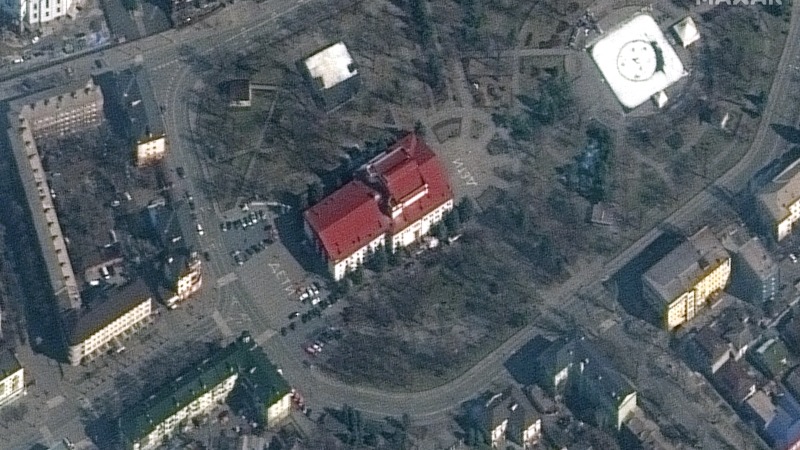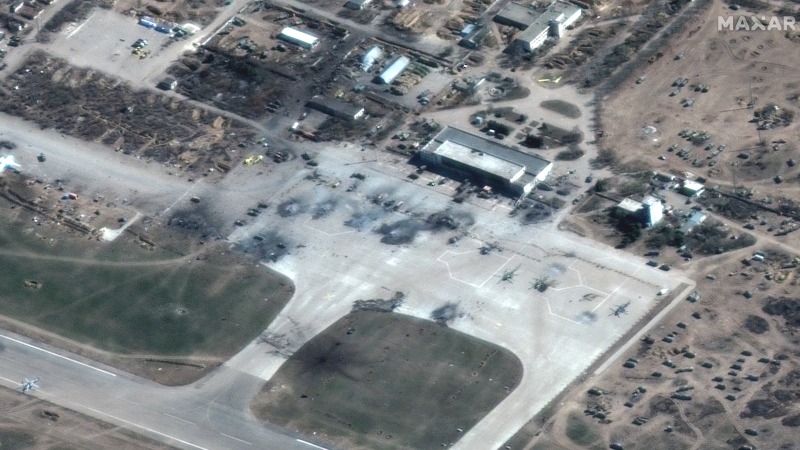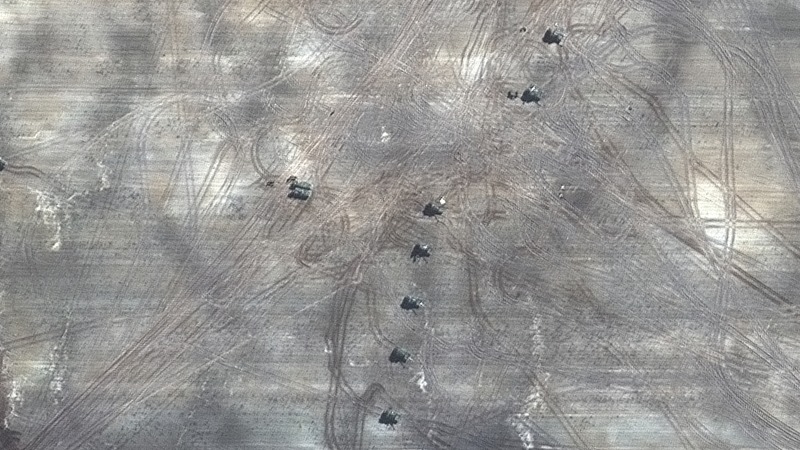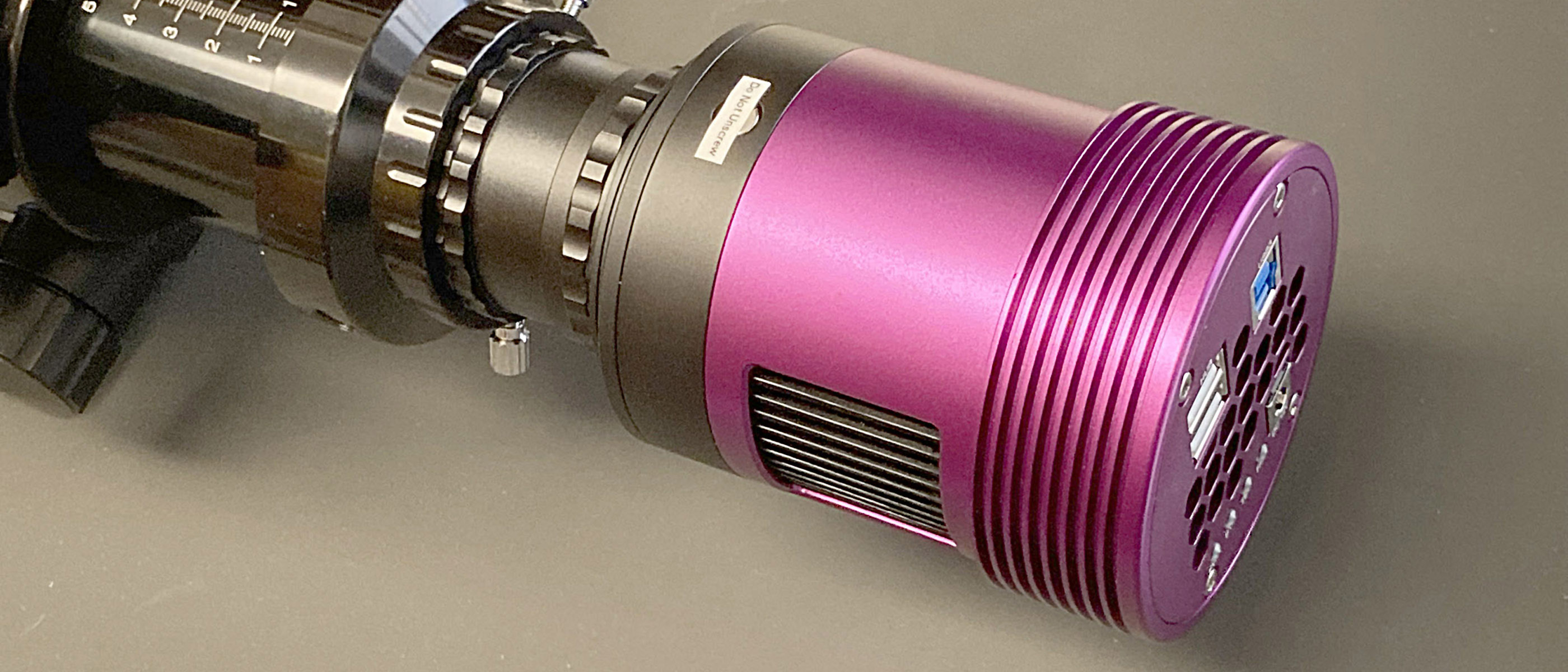Satellite photo shows word 'children' in front of now-destroyed Ukrainian theater
Satellite images of the destruction in Ukraine continue to roll in.

A new Maxar Technologies satellite image of a now-destroyed theater in the Ukrainian city of Mariupol shows the word "children" in Russian (дети) written in front of and behind the building.
Ukrainian officials said that roughly 1,000 people were inside the Drama Theater of Mariupol during its destruction Wednesday (March 16), and it was unclear how many had survived, according to a Thursday (March 17) report in The New York Times.
"Pavlo Kyrylenko, the top Ukrainian official in the Donetsk region, blamed a Russian airstrike for the destruction. Russia's Defense Ministry denied carrying out the attack," The Times wrote.
Mariupol has been besieged for weeks by Russian forces, and residents of the city are said to be lacking food, water, heat and electricity, according to numerous news reports. Russia invaded Ukraine on Feb. 24 to international condemnation, prompting the imposition of economic sanctions by the United States and other countries.
Related: Russia's invasion of Ukraine as seen in satellite photos
Live Updates: Russia's Ukraine invasion and space impacts

Other satellite images from Maxar show damage in the Ukrainian cities of Sumy, Chernihiv and Kharkiv, as well as the destruction of several Russian helicopters at an airfield in Kherson.
Some images show rocket launchers and self-propelled artillery outside of Chernihiv, while other equipment, ground forces and helicopters have been spotted in southern Belarus.
Get the Space.com Newsletter
Breaking space news, the latest updates on rocket launches, skywatching events and more!

A British intelligence report noted that Russian troops are not making a lot of progress in the invasion of Ukraine, which has now stretched into its fourth week, The New York Times reported.
"Russian forces have made minimal progress on land, sea or air in recent days, and they continue to suffer heavy losses," said the intelligence assessment, which was published by Britain's Defense Ministry.
Follow Elizabeth Howell on Twitter @howellspace. Follow us on Twitter @Spacedotcom or on Facebook.
Join our Space Forums to keep talking space on the latest missions, night sky and more! And if you have a news tip, correction or comment, let us know at: community@space.com.

Elizabeth Howell (she/her), Ph.D., was a staff writer in the spaceflight channel between 2022 and 2024 specializing in Canadian space news. She was contributing writer for Space.com for 10 years from 2012 to 2024. Elizabeth's reporting includes multiple exclusives with the White House, leading world coverage about a lost-and-found space tomato on the International Space Station, witnessing five human spaceflight launches on two continents, flying parabolic, working inside a spacesuit, and participating in a simulated Mars mission. Her latest book, "Why Am I Taller?" (ECW Press, 2022) is co-written with astronaut Dave Williams.










